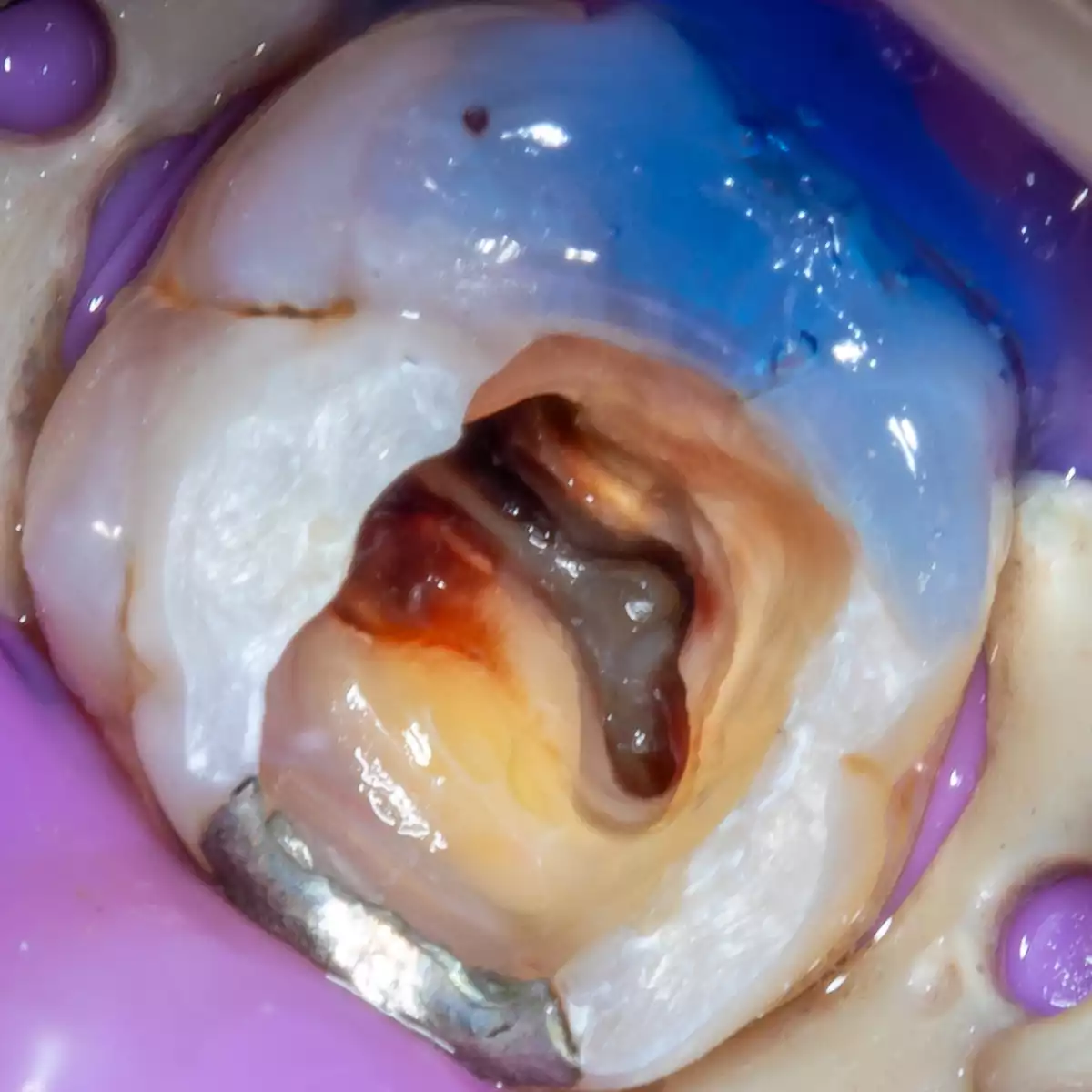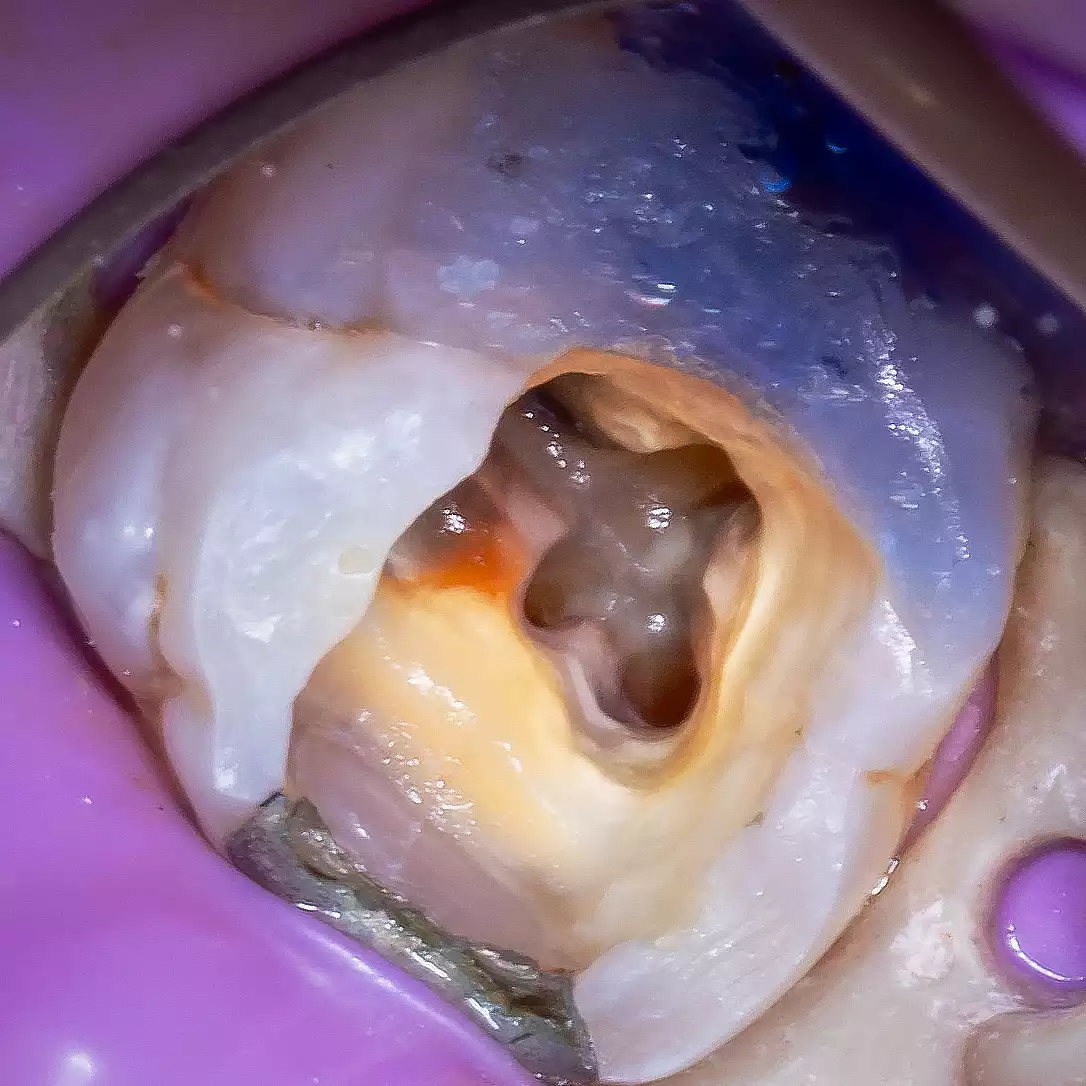HOW TO FIND MB2


A missed MB2 canal is one of the main causes of endodontic failure in maxillary molars.
The canal is often hidden or difficult to access.
Successful endodontic treatment relies on locating, disinfecting and obturating all the canals. Studies have shown the incidence of MB2 canals is roughly in up to 90% in maxillary first molars and in up to 60% in maxillary second molars.
There are often multiple ports of communication between MB1 and MB2. The MB2 can join MB1 along its path or terminate via a separate apical foramen. Rarely, there can be an MB3 canal present.
CBCT has become a very useful tool in endodontics. It allows us to see root canal morphology in three dimensions.
However, studies have shown that MB2 canals are still sometimes located clinically even when they are not seen on the scan.
Sometimes the MB2 canal is more calcified and cannot be seen clearly.
Lines in the pulp chamber floor lead to the entrance of the canals.
Following these lines with an endodontic explorer from the mesiobuccal to the palatal canal is a good method to locate the MB2 canal, as it is usually located 2–5 mm from the mesiobuccal canal.
The orifice lies at the junction of the pulp floor and mesial wall, and is frequently covered by a mesial lip or ‘shelf’ of dentine, particularly in older patients. Therefore, the access cavity will need to be extended to remove this.
Ultrasonic tips or long-neck burs used in a slow handpiece are very useful removing the dentine shelf and searching for MB2.
A missed MB2 canal, in cases of irreversible pulpitis, it is responsible for ongoing temperature sensitivity. In necrotic cases, residual bacteria will increase the risk of infection.
And because we never want to hear the sentence: "Doctor, the tooth where you cleaned the canals, the one with the new crown started to hurt" we must always do our best.
Even harder than finding MB2 is making a video of how to find MB2 and we'd love you to see how we did it.
